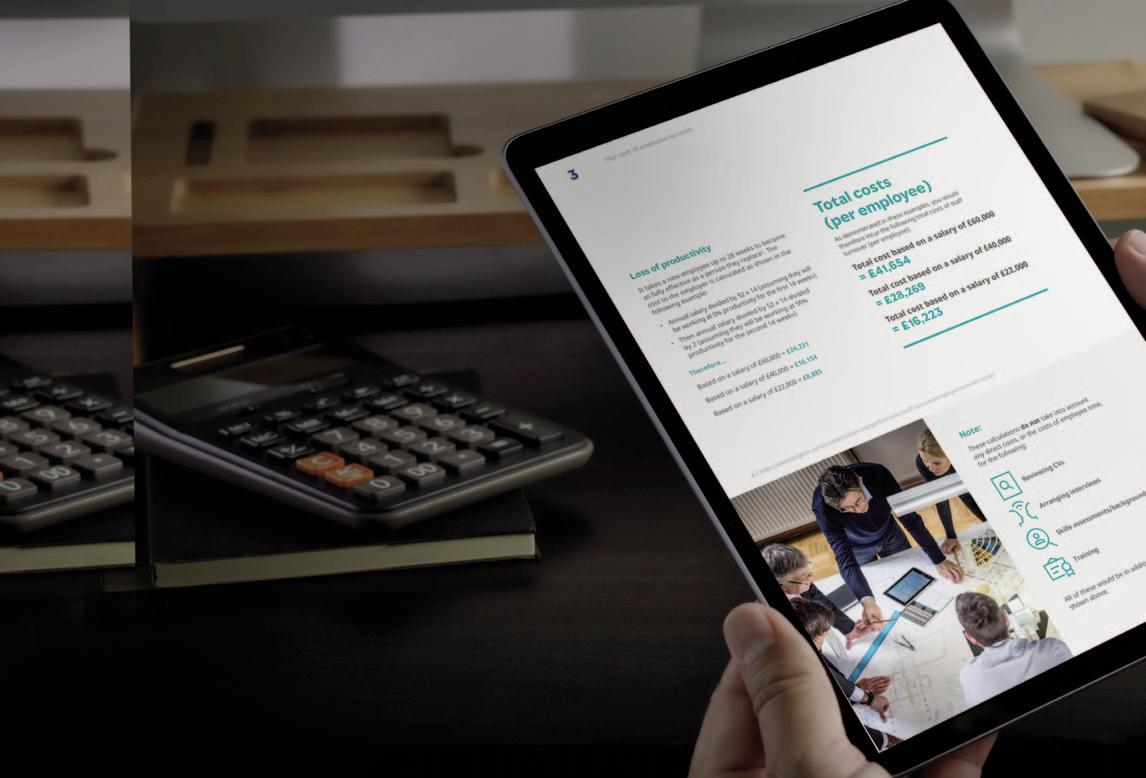
6 minute read
Guidance for design and construction to support building safety
from ACANews June 2022
by brianwaters1
ACA excellence in practice
Here are the answers...
Number 1. Peachtree Center, Atlanta, USA, c.1978 The mixed-use buildings on the left were designed by developer/architect John Portman in the 1960s as six narrow office buildings connected by a network of sky bridges. The 73-floor Peachtree Plaza Hotel next to them was also designed by Portman, opened in February 1976 and is currently known as the Westin Peachtree Plaza. The black 32-storey office tower on the right was designed by SOM in 1968 and was apparently later re-clad by the Equitable Life Assurance company. The area between, which in 1976 was largely undeveloped and used for car parking, is now thriving as part of downtown Atlanta’s lively central area. Number 2. Coventry Cathedral, c.1960. Designed by Basil Spence and constructed 1956-1962, this photograph shows the chapel of Christ the Servant. Number 3. Louisiana Museum of Modern Art, Humlebaek, Denmark, c.1961. In the mid-50s the museum’s founder, Knud W Jensen, commissioned architects Jorgen Bo and Wilhelm Wohlert to design a new building based on an existing villa. The museum contains some major works, including this Alexander Calder piece outside the main facade. Number 4. East Building, National Gallery of Art, Washington DC, c.1978. I M Pei’s extension strikes a remarkable contrast to John Russell Pope’s original neoclassical building, and is linked to it by an underground passage incorporating a dramatic water feature. The monumental scale and facades of warmcoloured stone pay homage to the older building, but without its ornament and fussy fenestration. As with Louisiana, there is major piece of sculpture, here by Henry Moore, outside the main entrance. Number 5. Engineering Building, Leicester University, c.1964. Designed by Stirling and Gowan, with engineer Frank Newby, the building was completed in 1963. The rippling ‘waves’ of the two large glass roofs, angled at 45 degrees, face north to provide illumination without direct sunlight, which could affect delicate instruments. Number 6. Sydney Opera House (under construction), c. 1965. Designed by John Utzon, this photographs shows the precast concrete ‘shells’, each composed of a section of a 75.2 metre radius sphere, clad with 1,056,006 tiles in two colours, glossy white and matt cream. Designed in 1957, construction began in 1959, but it was not completed until 1973. Number 7 New York, c.1978. View of the city taken from the south tower of the World Trade Center looking north, with the side of the north tower on the left. The original World Trade Center towers were designed by Minoru Yamasaki in 1963 and completed in 1970. They were of course destroyed in 2001. Number 7a New York, c.1978. United Nations headquarters building, completed in 1951, was designed by a board of architects led by Wallace Harrison and built by Harrison & Abramovitz with inputs from Oscar Niemeyer and Le Corbusier. n
What’s employee turnover really costing you?
Use our online calculator to 昀nd out, and download a personalised report on improving employee retention.
Find out more
https://calculator.marshcommercial.co.uk
This is a marketing communication. The Association of Consultant Architects (ACA) is an Introducer Appointed Representative of Marsh Ltd and Marsh Commercial is a trading name of Marsh Ltd. Marsh Ltd is authorised and regulated by the Financial Conduct Authority for General Insurance Distribution and Credit Broking (Firm Reference No. 307511). Copyright © 2022 Marsh Ltd. Registered in England and Wales Number: 1507274, Registered oce: 1 Tower Place West, Tower Place, London EC3R 5BU. All rights reserved. A business of Marsh McLennan.

Professor David Mosey, Centre of Construction Law, King’s College London
Preventing another Grenfell Tower disaster depends on a major overhaul of construction procurement practices, breaking away from the adversarial ‘race to the bottom’ through which low prices undermine safety and quality. March 28th saw the online launch of ‘Collaborative Procurement Guidance for Design and Construction to Support Building Safety’, as announced by Secretary of State Michael Gove and coauthored by Professor David Mosey of King's College London, with Russell Poynter-Brown of On Pole Ltd and the DLUHC Procurement Advisory Group.
Speakers at the event included Baroness Deborah Bull, Dame Judith Hackitt, Professor John Cole of the RIBA and ISSG, Beth Dunning of DLUHC, Martin Cawthorn of L&Q, Katie Saunders of Trowers & Hamlins and John Welch FRICS of Crown Commercial Service and was attended by over 530 delegates, with a Youtube recording of the event now available on https://www.youtube.com/watch?v =gv7PFVd0-y8.
The Guidance and an Overview can be found at https://www.gov.uk/government/publications/collaborativeprocurement-guidance-for-design-and-construction-to-support-building-safety and launch speakers explained how procurement should be linked to the safety approvals of any ‘in scope’ project so that: • Teams are selected on value criteria including the safety of designs, works and products, so as to avoid the ‘race to the bottom’ • Contractors and suppliers are appointed early on a conditional basis, so as to improve and agree safety proposals and reduce risks • Teams are integrated through collaborative contracts that take account of resident consultation • The design, construction and operation of buildings and refurbishments are supported by a ‘golden thread’ of digital information.
Following on from this high profile event, Lord Aberdare in the UK House of Lords discussed the work of Professor David Mosey on collaborative construction contracts, and his recent publication 'Guidance on Collaborative Procurement for Design and Construction to Support Building Safety’. Lord Aberdare discussed the guidance and event in relation to a recent amendment to the Building Safety Bill. Read more, including Lord Aberdare's speech at https://loom.ly/BrGodks
Further Information on FAC-1:- 1. FAC-1 as a BIM Integrated Information Management Contract
The Centre for Digital Built Britain (CDBB) as a partner in the Construction Innovation Hub have launched a multi-party ‘Integrated Information Management Contract’ (‘IIMC’) developed by the King’s College London Centre of Construction Law. The IIMC governs the interfaces and relationships between team members who use information management based on Building Information Modelling (‘BIM’). It enables team members to agree directly their mutual commitments and to implement these commitments transparently and collaboratively in order to get the best out of BIM.
The IIMC uses the ‘FAC-1 Framework Alliance Contract’ as its starting point, creating a multi-party collaborative integrator for the management of digital information over the whole life cycle of any project or asset. This model does not amend the individual roles and appointments agreed with each team member. Instead, it provides the contractual systems that are needed to integrate these roles and appointments and to create and sustain a shared understanding of information management systems. The model IIMC is currently being used by Ministry of Justice with ISG, Kier, Laing O’Rourke and Wates for the procurement and delivery of the £1 billion Ministry of Justice New Prisons Programme, which combines BIM with early supply chain involvement and modern methods of construction. Clients and industry are invited to examine and adopt the model IIMC as a new means to improve value and reduce risks, and prospective users can now obtain a copy by contacting david.mosey@kcl.ac.uk .
2. Procuring for Net Zero Carbon Construction
The Society of Construction Law has published a King's College London research paper on 'Procuring for Net Zero Carbon Construction', and this can be found at https://www.scl.org.uk/resources/news/scl-and-procuring-net-zerocarbon-construction . Construction operations are responsible for 39% of all carbon emissions, and significant procurement changes are required to ensure that net zero solutions become the new industry norms. This report explains how the construction sector can meet its net zero carbon targets through new team evaluation processes that adopt innovative bidder proposals, and through new contractual action plans that implement early supply chain involvement, that attract long-term investment in offsite manufacture and that ensure joint risk management, shared learning and whole life procurement. n ©David Mosey 2021










